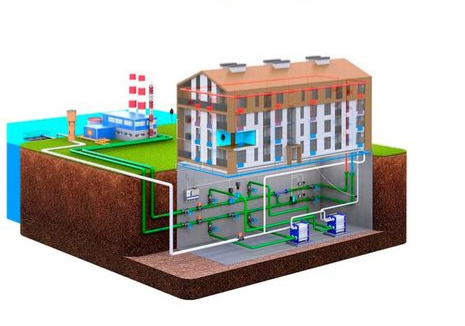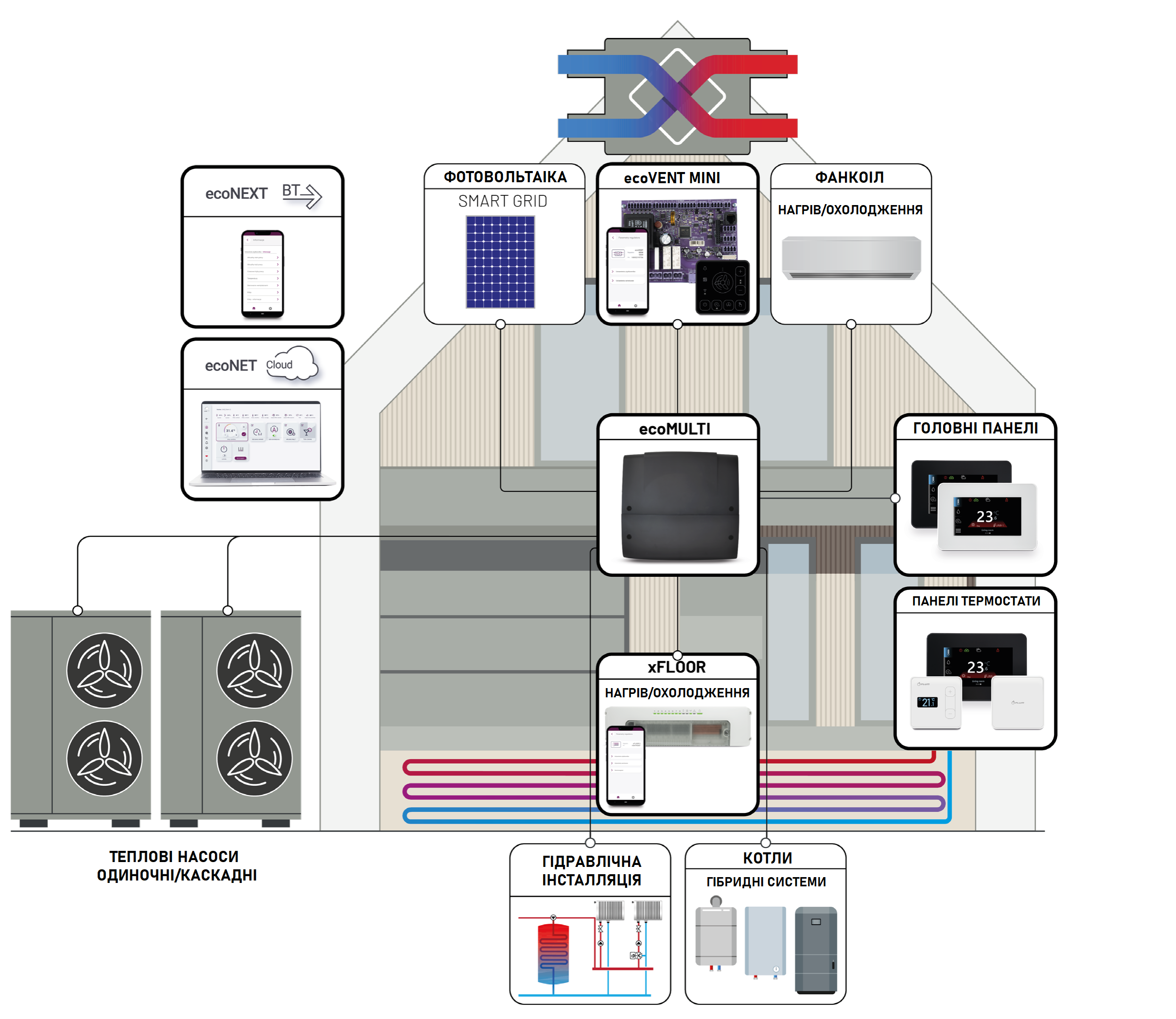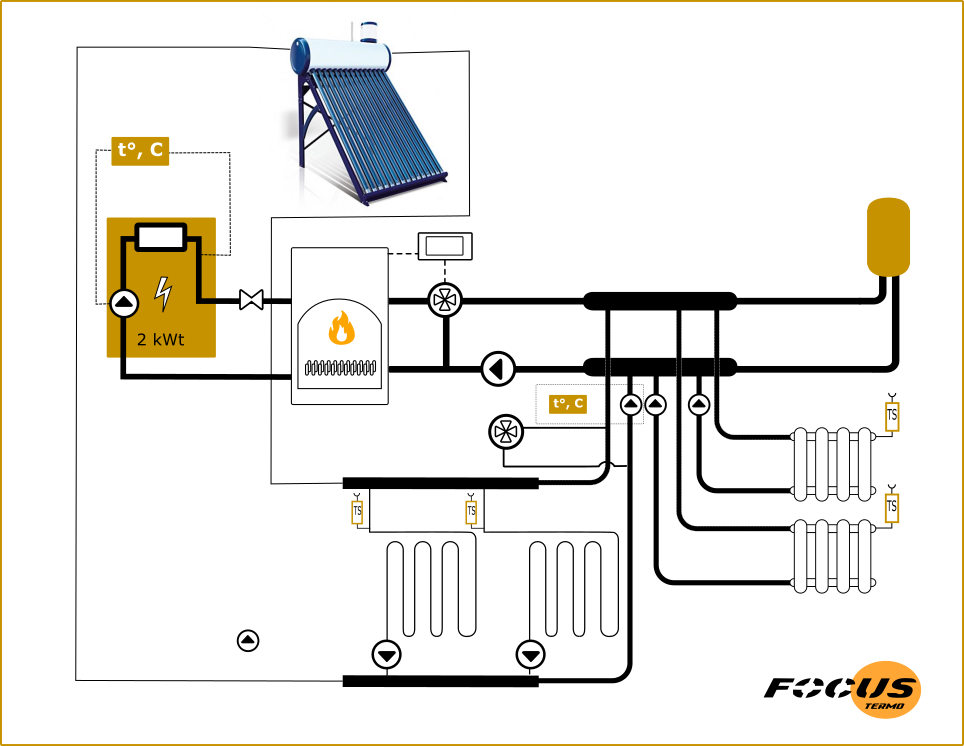What types of heating are there: a short overview of technologies
The question: “What kind of heating is there?” can be asked in different contexts. The Heating Technology Review covers a wide range of systems and methods used to maintain comfortable temperatures in buildings. Modern systems, according to EU directives, should gravitate towards renewable and environmentally friendly energy sources. At the same time, it is still quite difficult to abandon classic gas heating, although we are talking about fossil fuels.
Some of the main heating technologies
Heating technologies differ by type of deployment, and can also be classified according to other parameters:
- Central heating systems operate primarily on gas, oil and electric boilers. A modern solution is pellet boiler houses with climate control, which are deployed in the consumer’s home.
- Individual heating systems can be deployed in houses or apartments. Apartments are a separate type of real estate, where individual systems are carried out within the framework of strict requirements. Gas boilers are usually installed and solid fuel fireplaces can be used if older houses have working chimneys. In houses, stoves and fireplaces are used for heating, including those with a water circuit, pellet boilers, gas and electric boilers.
- Heating system. We are talking about solar collectors that show high efficiency when working with underfloor heating systems in spring and autumn. Geothermal systems or heat pumps are effective, as are air-to-air and air-to-water heat pumps that extract heat from the air
With central heating, it is possible to deploy backup heating circuits from electricity, such as underfloor heating or forced-air heating. If it is possible to re-equip the heating circuit, the electric boiler is connected to the main circuit and heats the coolant as needed and the temperature drops.

It must be said that in the near future only Ukraine will have a developed central heating system in Europe. On the one hand, this is an advantage, on the other hand, it is housing and communal services and tariffs for heating and electricity under monopoly conditions that create a large financial burden on the population. For example, the state justifies its income precisely by the income of this sector of the economy, and increases tariffs for each IMF loan, the results of which do not reach the population.
And when you ask the seller what kind of heating there is, be sure to indicate the conditions under which heating is required. This will influence the choice of technological solution.
Smart heating systems
Smart heating is a type and subsystem of a smart home, which is often considered as part of climate control. In the future, various options for regulating the microclimate of premises may be offered within the framework of Smart City technologies; they will represent a separate digital control of the heating of one’s home.
What does “smart heating” give consumers:
- Schedule management. Systems that automatically adjust the temperature according to a given schedule.
- Remote control. Allows owners to control heating via mobile applications or web interfaces.
- Climate control devices with motion sensors. Adjusts room temperature based on detection of occupancy.

Choosing the right heating technology depends on many factors, such as budget, fuel availability, climate conditions and personal preference.

